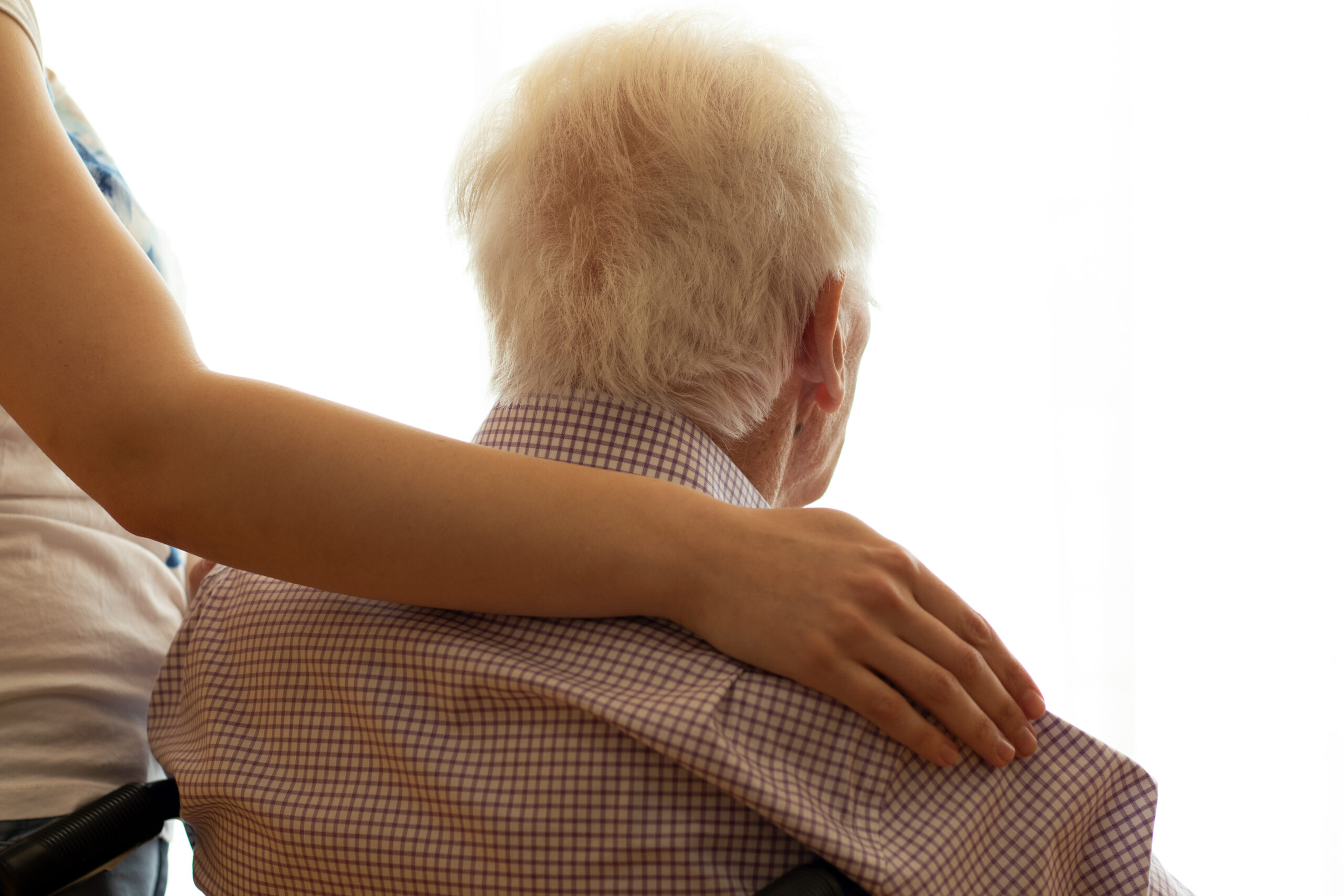Artful Healing: Using Creative Expression to Foster Connection in Dementia
Artful Healing: Using Creative Expression to Foster Connection in Dementia
Creative expression has long been recognized as a powerful tool for healing and connection. For individuals with dementia and their care partners, engaging in artful activities can be particularly transformative. This approach, often referred to as artful healing, offers a unique way to foster connection, stimulate memory, and enhance overall well-being.
### The Power of Art in Dementia Care
Artful healing involves using various forms of creative expression, such as painting, drawing, music, and dance, to connect with individuals who have dementia. These activities are designed to be enjoyable and accessible, regardless of the person’s skill level or cognitive abilities. By focusing on the process rather than the outcome, participants can express themselves freely without feeling pressured to create a perfect piece of art.
### Benefits of Artful Healing
1. **Emotional Connection**: Art allows individuals with dementia to express emotions and thoughts that might be difficult to verbalize. This can lead to deeper emotional connections with care partners and family members.
2. **Memory Stimulation**: Engaging in creative activities can stimulate memories and spark conversations about past experiences. For example, listening to familiar music can evoke memories of special events or people.
3. **Cognitive Stimulation**: Participating in art activities can help maintain cognitive function by challenging the brain in a fun and engaging way. This can include tasks like following patterns or recognizing colors.
4. **Relaxation and Stress Relief**: The calming nature of art can reduce stress and anxiety, creating a more peaceful environment for both the individual with dementia and their care partners.
### Implementing Artful Healing
Implementing artful healing into daily life can be simple and rewarding. Here are a few ways to get started:
– **Start Small**: Begin with simple activities like coloring or listening to music together. These can be done in short sessions to keep things enjoyable and manageable.
– **Make It Personal**: Use personal items or memories as inspiration for art projects. For example, creating a collage from old photographs can be a meaningful way to connect with the past.
– **Encourage Participation**: Invite care partners and family members to join in the creative process. This can help build stronger relationships and create shared experiences.
### Conclusion
Artful healing offers a compassionate and engaging way to connect with individuals who have dementia. By embracing creative expression, we can foster deeper connections, stimulate memories, and enhance overall well-being. Whether through music, art, or dance, these activities remind us that everyone has the capacity to create and express themselves, regardless of their cognitive abilities.





